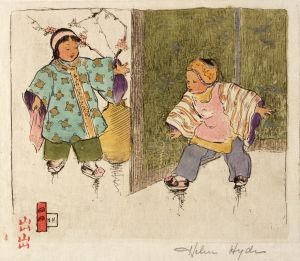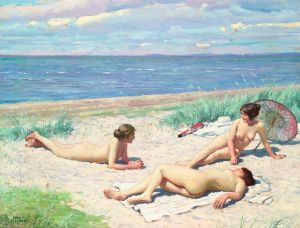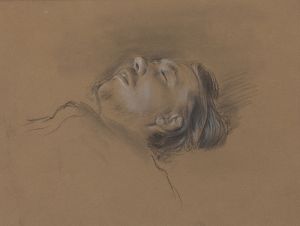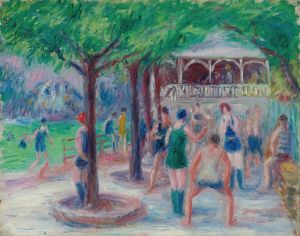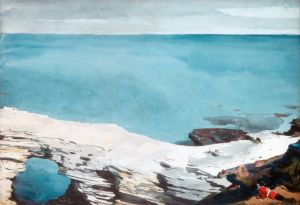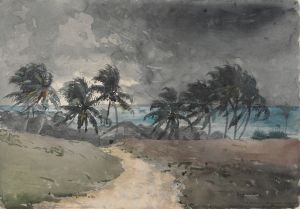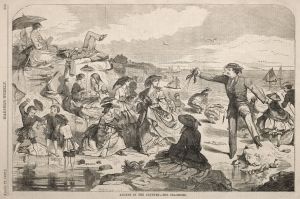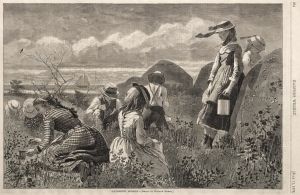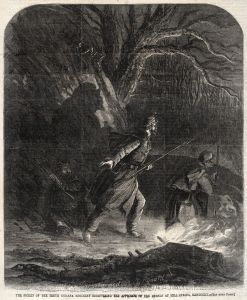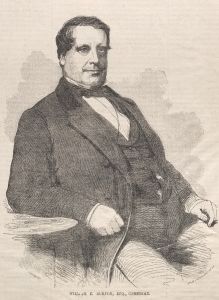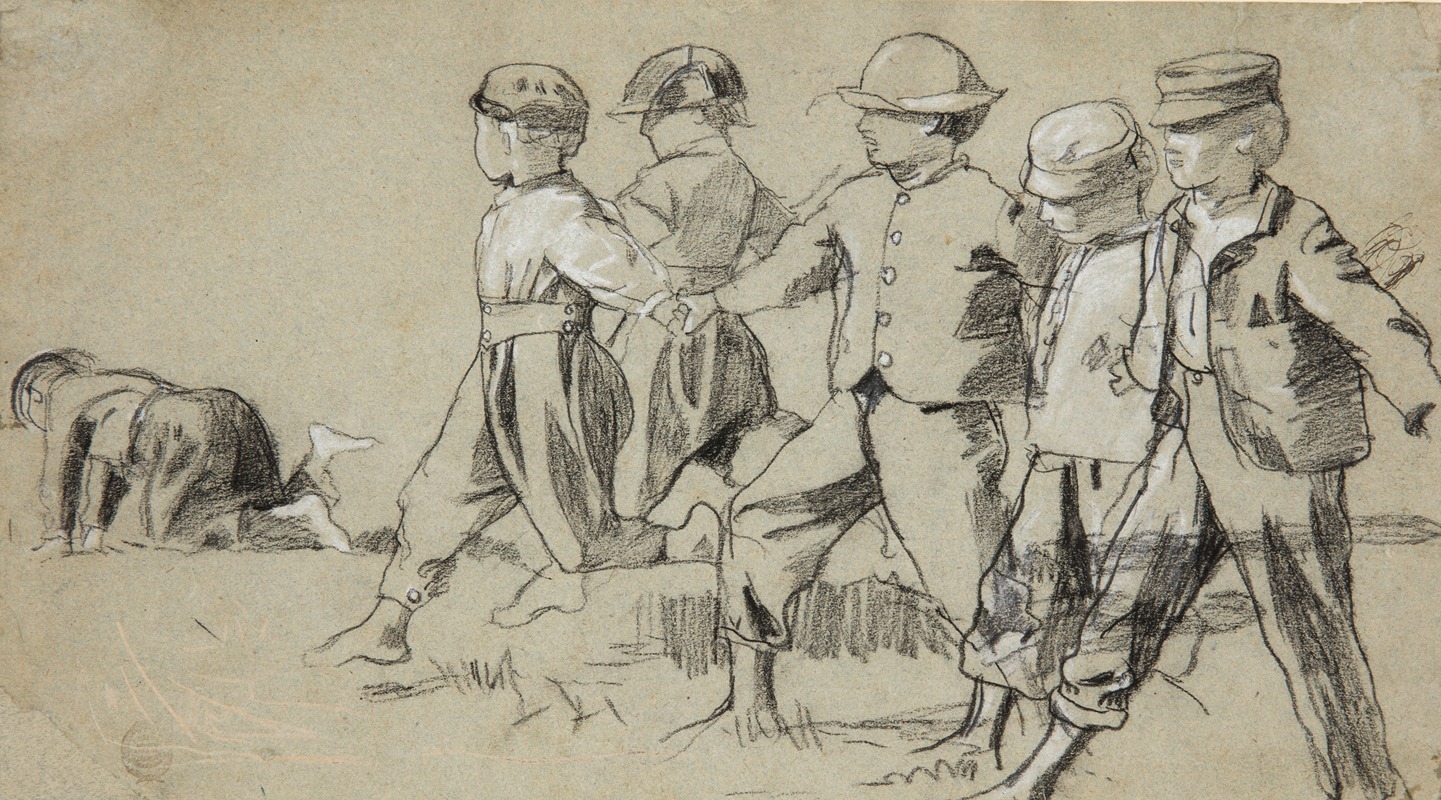
Study for ‘Snap the Whip’
A hand-painted replica of Winslow Homer’s masterpiece Study for ‘Snap the Whip’, meticulously crafted by professional artists to capture the true essence of the original. Each piece is created with museum-quality canvas and rare mineral pigments, carefully painted by experienced artists with delicate brushstrokes and rich, layered colors to perfectly recreate the texture of the original artwork. Unlike machine-printed reproductions, this hand-painted version brings the painting to life, infused with the artist’s emotions and skill in every stroke. Whether for personal collection or home decoration, it instantly elevates the artistic atmosphere of any space.
Winslow Homer, an influential American artist known for his landscape and genre paintings, created "Study for ‘Snap the Whip’" as a preparatory work for one of his most celebrated paintings, "Snap the Whip." This study, like the final painting, captures a nostalgic scene of rural American life during the late 19th century. Homer, who was born in 1836 and began his career as a commercial illustrator, transitioned into painting and became renowned for his depictions of American life and landscapes.
"Study for ‘Snap the Whip’" was created in 1872, a period when Homer was focusing on themes of childhood and the simplicity of rural life. The study, like the completed painting, depicts a group of young boys playing a game called "snap the whip" in a field. This game involves children holding hands and running in a line, with the last child in line being whipped around as the line turns sharply. The scene is set against a backdrop of a one-room schoolhouse, symbolizing the innocence and freedom of childhood in post-Civil War America.
Homer's work during this time often reflected a sense of nostalgia and a longing for the simplicity of rural life, which was rapidly changing due to industrialization and urbanization. The study captures the energy and movement of the children, emphasizing their carefree nature and the joy of outdoor play. The composition of the study, with its focus on the dynamic movement of the children, highlights Homer's skill in capturing the essence of a moment.
The medium used for the study is watercolor and graphite on paper, which was a common choice for Homer during his preparatory phases. This allowed him to experiment with composition, light, and form before committing to the final oil painting. The use of watercolor in the study provides a sense of immediacy and spontaneity, capturing the fleeting nature of childhood moments.
"Study for ‘Snap the Whip’" is an important piece in understanding Homer's artistic process and his thematic focus during the early 1870s. It provides insight into his approach to capturing the vibrancy of youth and the idyllic aspects of rural life. The study, along with the final painting, is considered a significant contribution to American art, reflecting the cultural and social dynamics of the time.
Homer's ability to convey emotion and narrative through his work has solidified his place as a key figure in American art history. "Study for ‘Snap the Whip’" remains an exemplary piece that showcases his talent in depicting the essence of American life and the universal themes of childhood and innocence.






